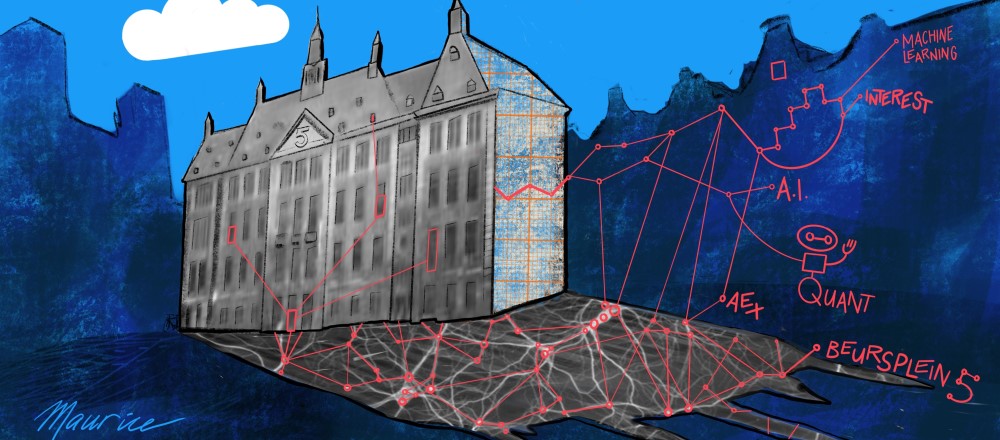 |
| BEFORE: Initial picture of art work on white glass background |
What is so difficult ?
Of course you can make pictures of art works hanging on the wall. At the same time we would love to fully capture the colours, have sharp picture and no distortions. Key reasons for distortions:
- light reflecting on the art work
- too dark environment
- artificial light that is not pure white
- in case of art work behind glass it reflects the photographer and his/her background. Even, when the glass has been treated you will see light and dark patterns coming back in the reflection.
 |
| Tent as used (135x135x135 cm) |
I talked to several people to find out the best way to make these pictures.
Steps in the process:
1. Use a picture box/tent - these can be bought at specialised photo stores. This allows to create equal light on the object/paintings. 2 lights shine light on the outsides of the tent, creating balanced lighting inside the tent.
2. For reflecting objects use a black background/curtain. Basically the glass reflects the light to where the camera is. If we make that black it does not appear in the reflection. Of course important that the photographer hides himself in the dark otherwise he is reflected too.
 |
| inside the tent hanging the frame canvas as background |
3. Install the object with a neutral background, in this case I used a white canvas. After this you are ready to make the pictures.
4. Optimise the pictures:
- > crop the images to only represent the parts that you want
> adjust lighting and contrast in a photo-application
> remove unintended shadows or disturbing parts of the image.
 |
| AFTER: clearly showing the parts that were carved from the paper, hopefully coming more close to give the full impression of the framed object... |
Well now back to making art and preparing the Barcelona exhibition in July...

No comments:
Post a Comment